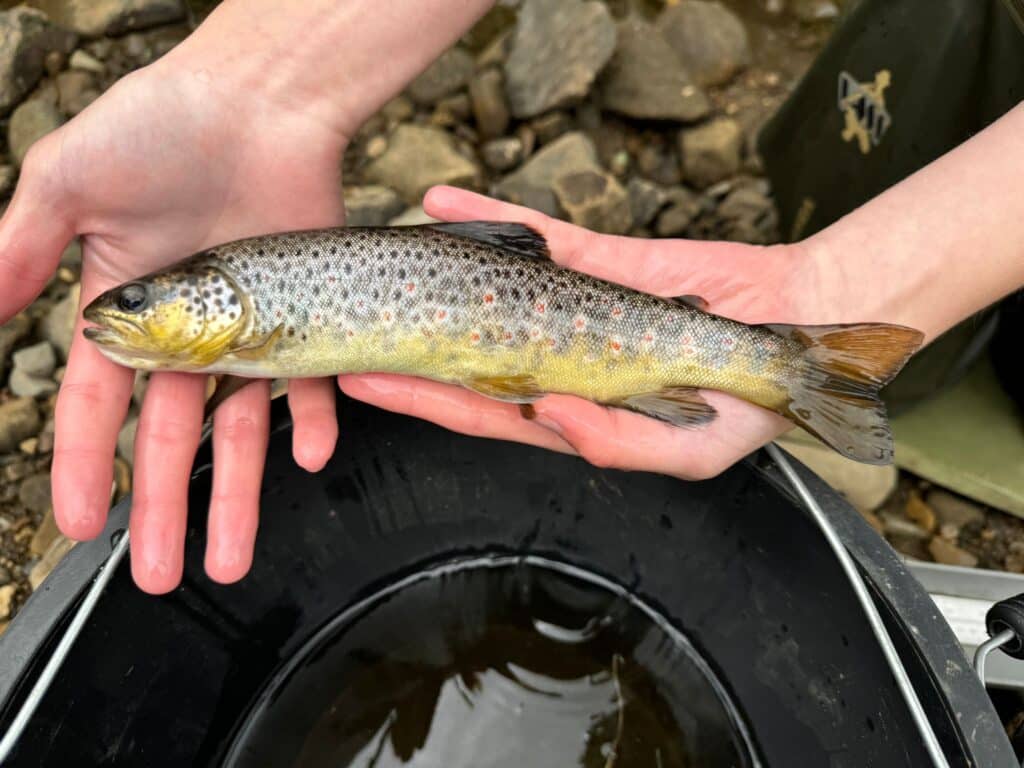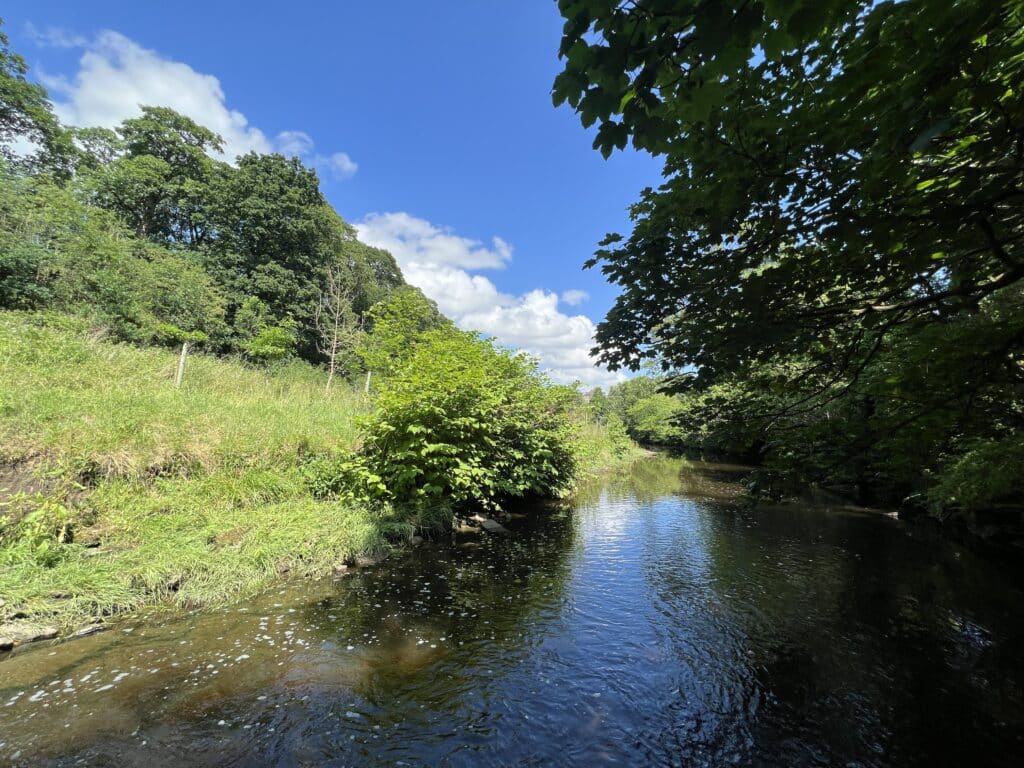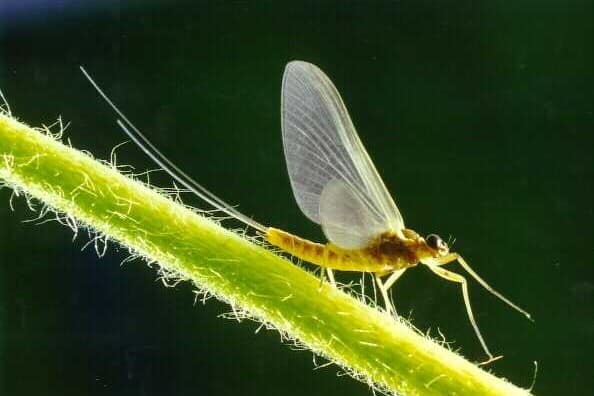
Sunshine, streams…. and shade?
Rivers are the lifeblood of our ecosystems, supporting a huge range of wildlife species. However, these ecosystems are delicate, and even small changes in river conditions can have significant impact on this balancing act. One factor that is often overlooked is the role of shade providing river woodlands in regulating water temperature, which is essential for the health and survival of aquatic species like fish.
The Impact of Rising Water Temperatures on Fish
Did you know that an increased water temperature of just a few degrees can have serious impacts on a fish’s ability to feed, breed, and even breathe?

Take the brown trout. This species thrives in temperatures between 3.5°c and 19.5°c, with the optimum temperature for growth at around 13°c. On a warmer day when the air temperature reaches around 25°, river temperatures will be reaching 20°c+. In turn, the levels of dissolved oxygen will be decreasing, slowly suffocating the fish. The good news is that fish should cope with a high temperature for a day or two, but prolonged exposure to high temperatures can be fatal.
The Cooling Effect of Riverside Woodlands
Riverside woodlands, with their canopy of leaves, provide essential shade that helps to regulate river temperatures. Our team studied two sites, on the same stream, exactly one km apart. However, one site was shaded, the other wasn’t. Astonishingly, the water temperature in the unshaded section was found to be 9°C higher than in the shaded section.
By providing shade, woodlands help to keep river temperatures within a range that is safe for fish and other aquatic wildlife.

Benefits for Wildlife

Of course, the benefits go beyond fish! Many aquatic insects, which serve as a crucial food source for fish, also thrive in cooler water. Additionally, cooler temperatures help to maintain higher levels of dissolved oxygen, which is essential for the overall health of the river ecosystem, including plantlife.
Riverside woodlands also offer habitat and shelter for a variety of wildlife, including birds, mammals, and insects.
The findings from our research emphasize the importance managing and creating riverside woodlands. These natural buffers can ensure that our rivers remain cool, oxygen-rich havens for fish and other wildlife.
If you’d like to join in our mission, you can donate a tree through our Lancashire Woodland Connect project. It costs just £15 per tree, and we can guarantee your tree will benefit your local rivers and wildlife.

